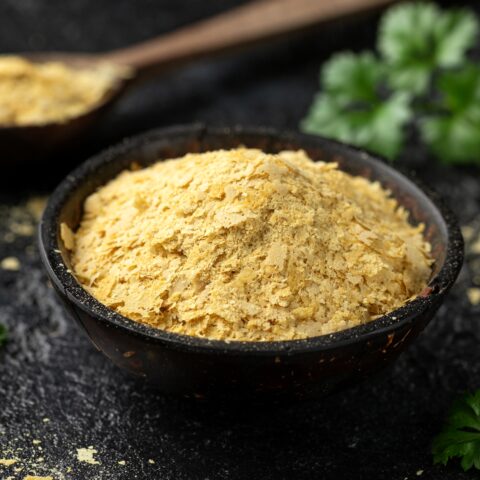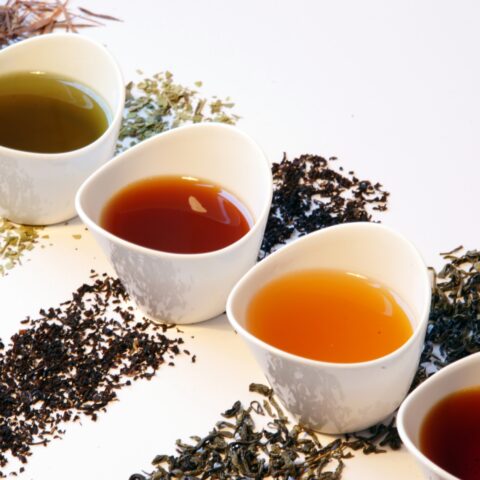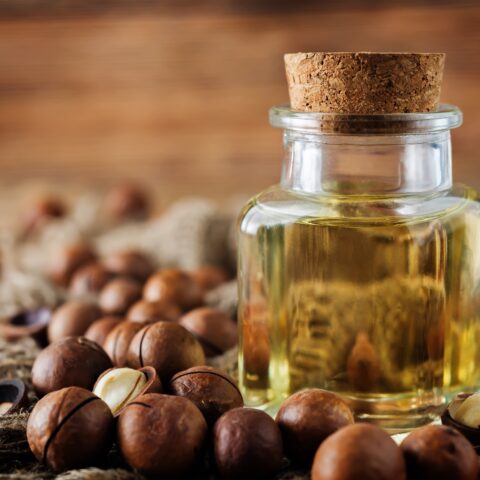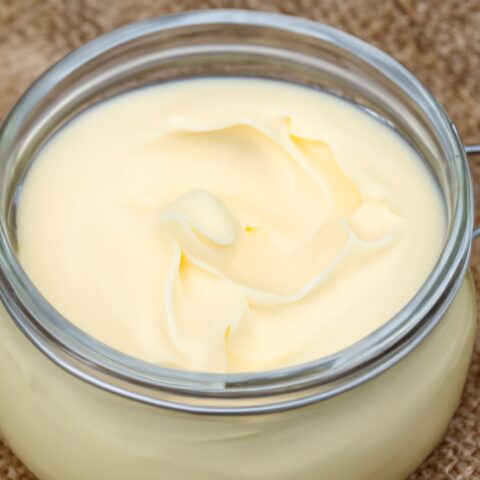Is Hemp Paleo?

There’s no argument that eating protein is an essential component of The Paleo Diet®. Traditional hunter-gatherers consumed high amounts (45–65% of energy) of animal food, resulting in a macronutrient consumption ratio in which protein accounted for 19–35% of their energy intake.[1] Although there are many grass-fed, pastured, and wild animal sources for protein intake in modern times, consumers are still attracted to plant-based options to meet their protein requirements.
One popular plant protein is sourced from hemp. Specifically, hemp protein powders have been marketed as a highly digestible, superior quality plant source, but should it be incorporated into your Paleo Diet? Let’s take a closer look at hemp.
What is hemp?
Hemp is a plant, that has been cultivated for thousands of years in China, used for both its seed and fibers as a food and in textiles.[2] It is a high protein seed containing 20 amino acids, including all nine of the essential amino acids. Hemp seeds are rich in oil: 44% (by weight) is edible oil, containing about 80% essential fatty acids (EFAs); e.g., linoleic acid, omega-6(LA, 55%), alpha-linolenic acid, omega-3 (ALA, 22%), in addition to gamma-linolenic acid, omega-6 (GLA, 1–4%) and stearidonic acid, omega-3 (SDA, 0–2%).
Proteins (including edestin) comprise the other major component (33%). Hemp seed’s amino acid profile is comparable to other sources of protein such as meat, milk, and eggs.[3] Overall, it has a ratio of omega 3 to 6 fats at around a three to one ratio. Since, hemp seeds are high in polyunsaturated fats, they can easily go rancid and should be stored properly.
As a whole food, the shelled seeds (called hearts), oil, and even the fresh leaves can be eaten. You may notice hemp seed oil, hemp butter, hemp milk and even hemp flour on the grocery store shelves. Unlike other seeds, hemp doesn’t contain phytic acid viewed as an anti-nutrient in human diets as it binds with important minerals.[4]
Although hemp is a member of the same plant family (Cannabis sativa) as marijuana, there are distinct differences between the two. The most important is that hemp has less than 1% of the psychoactive substance THC, while marijuana can contain 20% or more.[5]
Proteins from animal sources (i.e. eggs, milk, meat, fish and poultry) provide the highest quality rating of food sources due to the completeness of proteins from these sources.[6] However, hemp seed protein is unique in that 65% of it is globulin edestin, the highest amount found in any plant.[7] Protein digestibility-corrected amino acid score (PDCAAS) evidence that hemp proteins have a PDCAAS equal to or greater than certain grains or nuts, 49-53% for whole hemp seed, 46-51% for hemp seed meal, and 63-66% for dehulled hemp seed.[8] It is clear that hemp seeds provide a concentrated amount of highly digestible protein. For example, one ounce of hemp seeds contains 10 grams of protein[9], compared to one ounce of steak with 6 grams of protein.[10]
Are hemp seeds Paleo?
Despite it’s apparent advantages, hemp in any whole food form, like any seed, should only be consumed moderately on The Paleo Diet. If you like the taste of shelled hemp seeds, you can sprinkle them over a green salad or add them to your homemade Paleo trail mix in addition to other nuts for a quick energy snack.
The best sources of protein still remain from wild, predominately grass-fed and wild animals. If you like to start your day with a vegetable-based smoothie, add a piece of previously cooked chicken or bison on the side to boost the protein content and steer clear of protein powders. Hemp protein powder is not recommended on The Paleo Diet.
References
[1] Cordain, Loren, et al. “Plant-animal subsistence ratios and macronutrient energy estimations in worldwide hunter-gatherer diets.” The American journal of clinical nutrition 71.3 (2000): 682-692.
[2] Bocsa, Ivan, and Michael Karus. The cultivation of hemp: botany, varieties, cultivation and harvesting. Hemptech, 1998.
[3] Callaway, J. C. “Hempseed as a nutritional resource: an overview.” Euphytica 140.1-2 (2004): 65-72.
[4] Lott, John NA, et al. “Phytic acid and phosphorus in crop seeds and fruits: a global estimate.” Seed Science Research 10.01 (2000): 11-33.
[5] Datwyler, Shannon L., and George D. Weiblen. “Genetic Variation in Hemp and Marijuana (Cannabis sativa L.) According to Amplified Fragment Length Polymorphisms*.” Journal of Forensic Sciences 51.2 (2006): 371-375.
[6] Campbell, Wayne W., et al. “Effects of an omnivorous diet compared with a lactoovovegetarian diet on resistance-training-induced changes in body composition and skeletal muscle in older men.” The American journal of clinical nutrition 70.6 (1999): 1032-1039.
[7] Osburn, Lynn. “Hemp seed: the most nutritionally complete food source in the world.” Part two: Hemp seed oils and the flow of live force. Hemp Line J 1.2 (1992): 12-13.
[8] House, James D., Jason Neufeld, and Gero Leson. “Evaluating the quality of protein from hemp seed (Cannabis sativa L.) products through the use of the protein digestibility-corrected amino acid score method.” Journal of agricultural and food chemistry 58.22 (2010): 11801-11807.
[9] Available at: //nutritiondata.self.com/facts/custom/629104/2. Accessed on January 8, 2015.
[10] Available at: //nutritiondata.self.com/facts/beef-products/10525/2. Accessed on January 8, 2015.
Stephanie Vuolo
Stephanie Vuolo is a Certified Nutritional Therapist, an American College of Sports Medicine Personal Trainer, and a Certified CrossFit Level 1 Coach, and mother.
More About The Author




